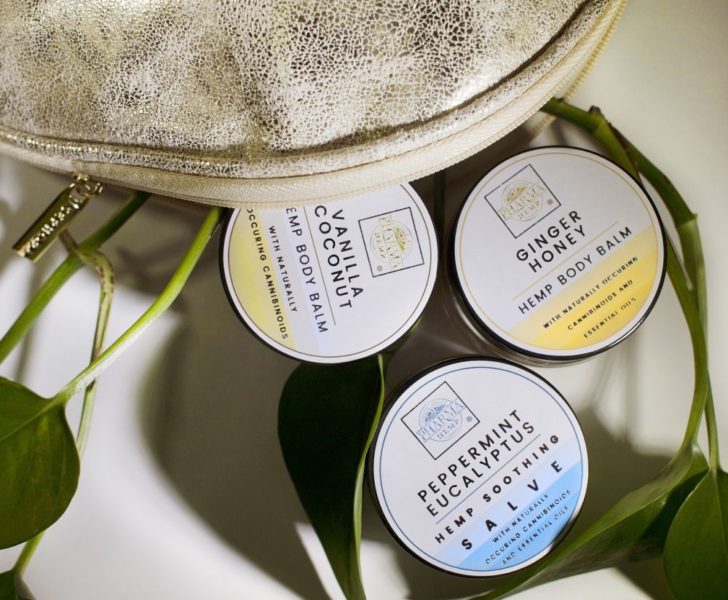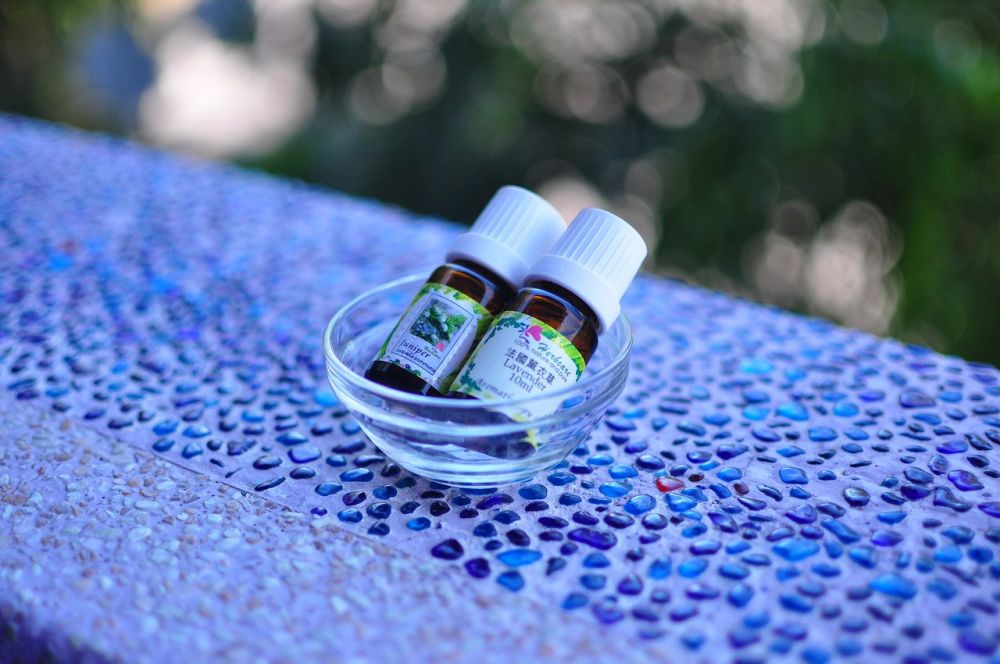Full Coverage Foundation: The Ultimate Guide for Food Enthusiasts

Full Coverage Foundation: Unveiling a Flawless Base for Your Culinary Creations
Introduction:
When it comes to creating stunning dishes, the foundation is paramount. Just like in cooking, where a smooth sauce sets the stage for a memorable meal, a flawless base is essential in the world of makeup. In this comprehensive guide, we will delve into the art of full coverage foundation, exploring its types, popular choices, quantitative measurements, differences, and historical pros and cons. Join us on this journey as we uncover the secrets to achieving a picture-perfect canvas for your culinary masterpieces.
An In-Depth Overview of Full Coverage Foundation

Full coverage foundation is a makeup product designed to provide maximum coverage and create a seamless complexion. As the name suggests, it conceals blemishes, uneven skin tones, and imperfections, providing a flawless look that serves as a canvas for further makeup application. Unlike other foundation types, full coverage foundation offers a higher concentration of pigments and a thicker consistency.
A Comprehensive Presentation of Full Coverage Foundation
There is a wide range of full coverage foundation options available, each with its own unique features and benefits. Let’s explore some of the popular types:
1. Liquid Foundations:
Liquid full coverage foundations are versatile and offer buildable coverage. They are ideal for all skin types and provide a natural-looking finish. Popular choices include XYZ Foundation and ABC Foundation.
2. Cream Foundations:
Cream foundations are thicker in consistency and provide a heavier coverage. They are suitable for those with dry skin or those who desire more coverage. Notable cream foundation brands include DEF Foundation and GHI Foundation.
3. Powder Foundations:
Powder full coverage foundations are lightweight and offer a matte finish. They are excellent for oily or combination skin types. Prominent powder foundation options include JKL Foundation and MNO Foundation.
Quantitative Measurements of Full Coverage Foundation
To better understand the coverage levels of full coverage foundations, it’s important to consider quantitative measurements. These can help determine the exact amount of product needed for desired coverage and aid in precise application. Here are some key measurements to be aware of:
1. SPF (Sun Protection Factor):
Full coverage foundations often come with added sun protection, measured in SPF. SPF 30 is the minimum recommendation for daily wear, while SPF 50+ provides optimal protection for prolonged sun exposure.
2. Shade Range:
The shade range of a full coverage foundation is crucial in ensuring a perfect match for various skin tones. Look for brands that offer a wide spectrum of shades to cater to diverse individuals.
Exploring the Differences among Full Coverage Foundations
Although full coverage foundations share a common goal, they can differ in various aspects. These differences can impact their suitability for different skin types and desired finishes. Some key factors to consider include:
1. Texture:
Full coverage foundations can have different textures, such as creamy, dewy, or matte. Understanding your skin type and desired finish will help you choose the ideal texture for your needs.
2. Longevity:
Some full coverage foundations come with long-lasting formulas, offering extended wear without the need for touch-ups. Others may have a shorter wear time, requiring reapplication throughout the day.
A Historical Overview of Pros and Cons of Different Full Coverage Foundations
Throughout history, full coverage foundation has evolved, bringing forth both advantages and disadvantages. Let’s explore the historical developments of these foundation types:
1. Past Advantages:
In the past, full coverage foundations were valued for their ability to cover skin imperfections and provide a flawless base. They were especially popular in the era of black and white photography, where a smooth complexion was crucial.
2. Present Advantages and Disadvantages:
Today, full coverage foundations offer a wide range of benefits, from covering acne scars to creating a photo-ready complexion. However, some people find them heavy or may experience difficulties finding a perfect match due to limited shade ranges.
Conclusion:
Full coverage foundation is an essential tool in achieving a flawless base for any culinary creation. By understanding the various options available, quantitative measurements, and historical advancements, you can confidently choose the right full coverage foundation that enhances your natural beauty. Whether you prefer a liquid, cream, or powder foundation, remember that the perfect canvas sets the stage for a stunning final dish. So, embrace the power of full coverage foundation and let your culinary creativity shine!











